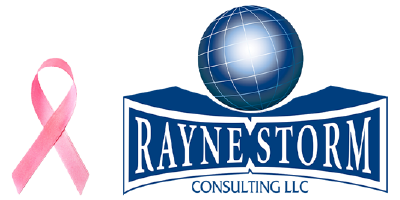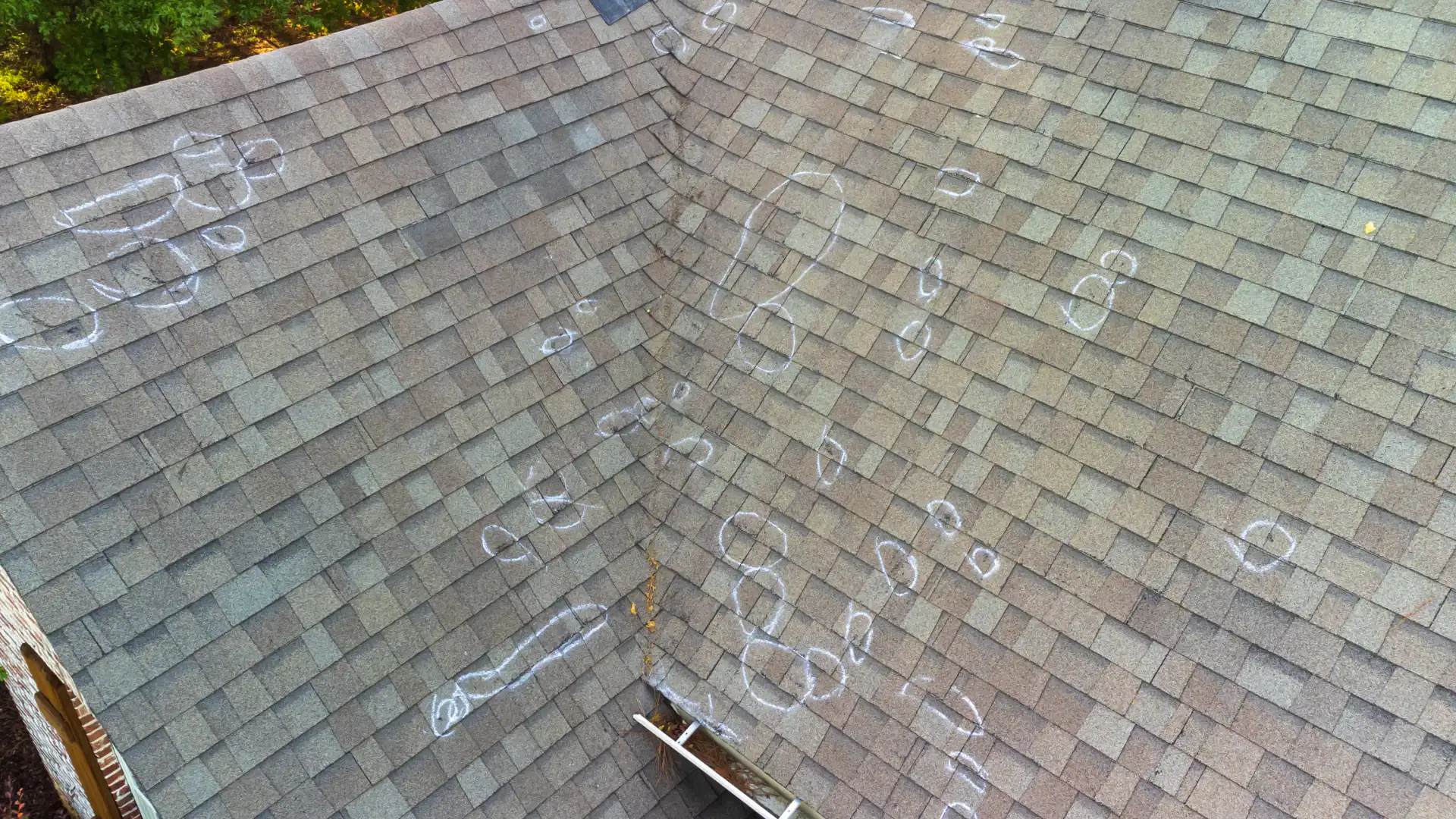Hail Damage to Roofs
Hail damage to roofs is one of the costliest forms of storm damage in the Midwest.
What Size of Hail Can Damage a Roof?
The National Weather Service defines severe hail as anything at least 1 inch (1”) in diameter or larger. We’ve all seen pictures on the news of hail as big as golf balls, tennis balls, or even baseballs. But much smaller-sized hail will damage your roofs, cars, crops, and more. Yes, hail as small as 1 inch, or even smaller, can cause damage!
What is Hail?
Hail is frozen water forming into a round shape, typically beginning from just a single frozen raindrop. Hail forms in thunderstorms when that frozen raindrop cycles back up into the atmosphere, from lower to higher in the clouds, growing in size each time it goes up.
Milky-colored ice forms high in the clouds, while clear ice forms in the lower portion of the clouds. When the hail gets large enough that the thunderstorm will no longer carry the weight, then the hailstones fall from the sky.
What Weather Conditions Produce Hail?
Thunderstorms need three primary weather conditions to produce hail:
1. Warm, moist surface air out of the southeast,
2. Dry air coming out of the southwest, and
3. Cool air and instability coming from the Northwest.
Where is the Largest Hail?
Geographically, the central plains states often encounter violent weather, including thunderstorms that inflict hail damage to roofs, because that’s where warm, moist air masses from the Gulf of Mexico intersect with dry air from the southwest and instabilities or fronts from the west and Northwest. This zone between the Mississippi River and the Rocky Mountains is often called Tornado Alley and is the site of very large damaging hail. North-central Texas and central Oklahoma areas are most at risk for severe hail-producing thunderstorms.
Within individual storm systems, the largest, most damaging hailstones fall nearest to the updraft. But regardless of how near or far it is from the updraft, hail-damaged roofs, other parts of homes (like skylights, gutters, windows, siding, air conditioners, etc.), cars, personal belongings, and everything else in its path.
How do I Know if My Roof has Hail Damage?
Hail damage to roofs isn’t always easy for most homeowners to see. Obviously, if you witness a severe hailstorm, you’re right to suspect you might have sustained some hail damage to your roof. Looking at your roof from the ground after the storm has passed, you might see little dents on the underside of your gutters. Or, if you have a wood-shake-shingled roof, you might see cracks in some of those shingles, exposing the light brown interior in contrast to the weathered and gray exterior edges of the shingles.
But by and large, the signs of hail damage to roofs are so difficult to see with the untrained eye that homeowners often don’t even know their roof has been damaged. It really does take specialized training to recognize the often-subtle signs of hail damage to roofs.
If you suspect your roof has sustained hail damage, call us today to have one of our trained consultants take a look (at no cost to you!). We’ve worked with thousands of homeowners to repair and replace their hail-damaged roofs. Let Rayne put that experience to use for you!

 1 min read
1 min read 